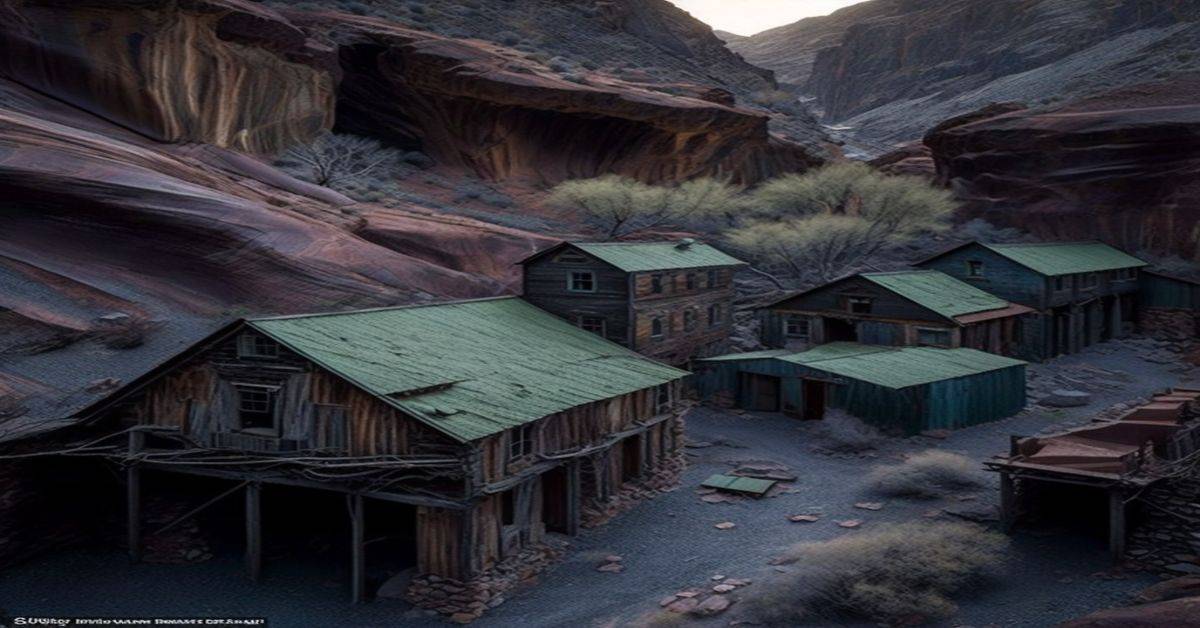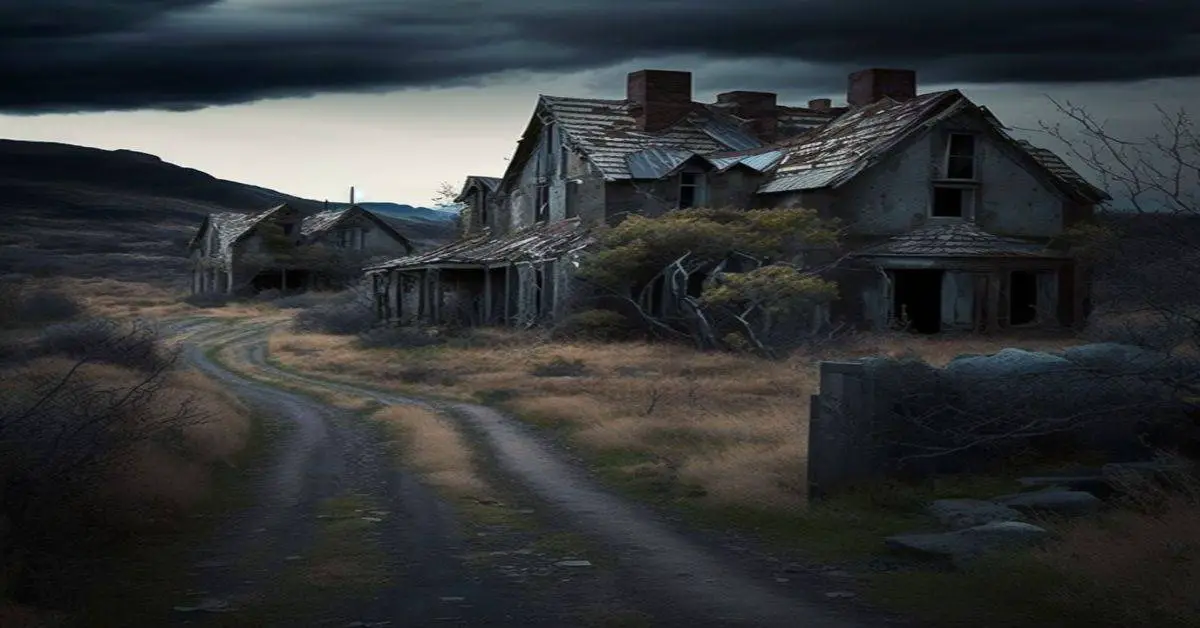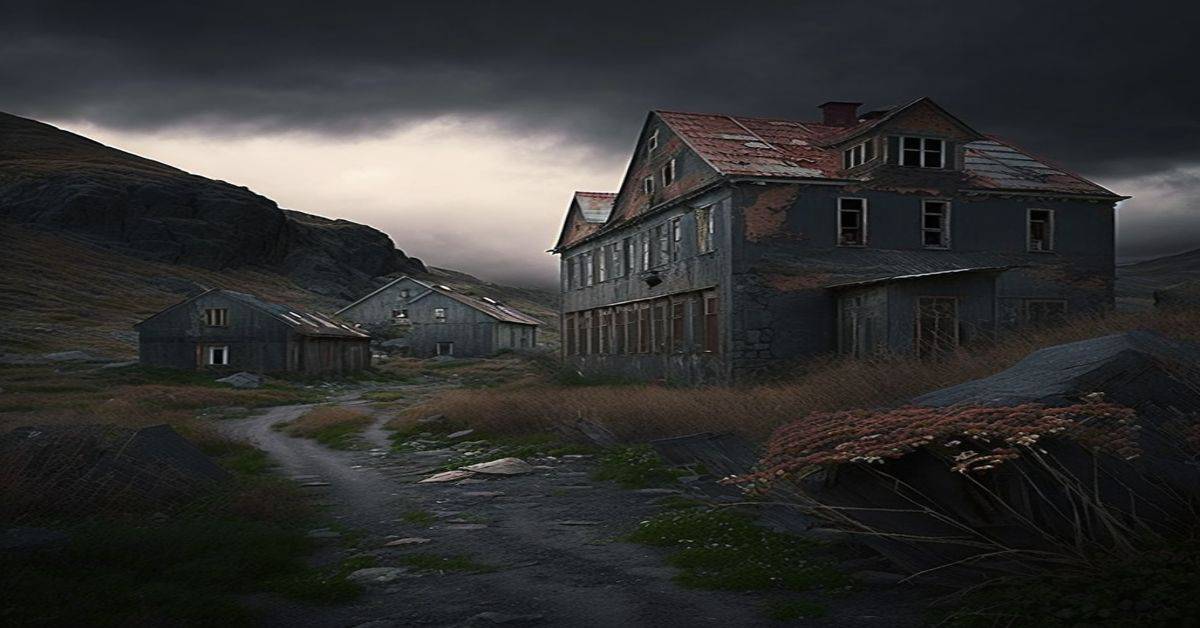Punta Rassa, a small town on the south side of the Caloosahatchee River in Florida, was once a bustling hub for cattle shipping and commerce in the 1800s. Today, the town is a forgotten ghost town that has been left to the elements. Despite its current state, Punta Rassa still has a rich history waiting to be rediscovered.
Located in Lee County, Florida, Punta Rassa was once a thriving town that played a significant role in the region’s economy. The town was founded in the 1800s and was known for its cattle shipping and commerce. Merchants and cattle sellers frequented the town’s bars, which were designed to entertain and provide lodging for them. The town’s most famous resident was Jake Summerlin, a Florida cattle baron who owned an extensive ranch in the area.
Despite its rich history, Punta Rassa has been forgotten by many, and its legacy remains unknown to most. This article aims to rediscover the town’s history and features, shedding light on the secrets of this forgotten place.
Key Takeaways
- Punta Rassa was a small Florida town founded in the 1800s and known for its cattle shipping and commerce.
- The town’s most famous resident was Jake Summerlin, a Florida cattle baron who owned an extensive ranch.
- Punta Rassa played a significant role in Florida’s economy in the 1800s, and its legacy impact is felt even today, as it played a vital role in the development of the state’s cattle industry.
- Despite its current state, Punta Rassa still holds a rich history that is waiting to be rediscovered, and exploring its significance can provide insight into the state’s past and serve as a reminder of the importance of preserving historical sites for future generations.
Location and History
Punta Rassa, a former bustling cattle shipping town located on the south side of the Caloosahatchee River and accessible via SR 867 before the bridge to Sanibel Island, has a rich history as a home base for the famous Florida cattle baron Jake Summerlin and as a hub for shipping Florida cattle to Cuba.
The town’s history as a cattle shipping hub played a significant role in Florida’s economy in the 1800s, and it was once a thriving town with wooden buildings, a hotel, and many bars that entertained the merchants and cattle sellers who visited Punta Rassa.
However, today, the town is a ghost town, with little to nothing left of its former glory.
Despite its present-day status, there are potential opportunities for revitalization and preservation efforts of Punta Rassa’s history.
The town’s cultural value and economic impact should not be forgotten, as it was an essential part of Florida’s history and development.
Exploring the significance of Punta Rassa’s history can provide insight into the state’s past and serve as a reminder of the importance of preserving historical sites for future generations.
Town Features and Famous Figures
The abandoned settlement of Punta Rassa was once home to various wooden buildings, a hotel, and bars that were designed to entertain the many cattle sellers and merchants who visited the area, as well as famous Florida cattle baron Jake Summerlin.
Today, little to nothing remains of the once-bustling town, and visitors can explore the ruins of what was once a cattle shipping hub.
Despite its current state of decay, Punta Rassa has a significant historical significance, as it played a crucial role in the cattle industry of the late 1800s and early 1900s.
One of the most famous figures associated with Punta Rassa is Jake Summerlin, who used the town as his home base.
By age 40, Summerlin was one of the wealthiest Florida cattle barons and had become known as the ‘King of the Cracker Cowboys.’
The town’s bars and hotels were also a significant part of its history, as they were meant to entertain the many merchants and cattle sellers who came through Punta Rassa.
Although it is now a ghost town, the story of Punta Rassa and its significance in the history of Florida’s cattle industry continues to fascinate visitors today.
Visitors and Legacy
Visitors who explore the remains of this once-thriving settlement will gain a deeper appreciation for the crucial role that Punta Rassa played in the history of Florida’s cattle industry. The town’s significance as a cattle shipping hub is evident in the numerous wooden buildings that once lined its streets. Punta Rassa’s legacy impact is felt even today, as it played a vital role in developing the state’s cattle industry.
Moreover, modern tourism opportunities have arisen around Punta Rassa’s history. The town’s ghostly remains have become a popular spot for tourists interested in Florida’s rich history. Even though there is little to nothing left of Punta Rassa’s buildings, visitors can still experience the town’s past through historical markers and exhibits.
The legacy of Punta Rassa is thus preserved for future generations to explore and learn from.
Frequently Asked Questions
What caused the decline of Punta Rassa as a cattle shipping hub?
The decline of Punta Rassa as a cattle shipping hub was influenced by various factors, including changes in ranching practices, transportation advancements, regional competition, and economic factors. These factors contributed to the town’s eventual transformation into a ghost town.
Are there any historical artifacts or landmarks remaining in Punta Rassa?
There are no remaining historical artifacts or landmarks in Punta Rassa due to the lack of historical preservation efforts and archaeological excavation. The town has been largely erased, leaving little to no physical evidence of its past.
Punta Rassa hosted notable happenings and celebrations during its heyday, including the annual cattle drive. The town’s numerous bars and hotel provided entertainment for merchants and cattle sellers, contributing to its bustling social scene.
Are there any famous ghost stories or legends associated with Punta Rassa?
There are no famous ghost stories or local legends associated with Punta Rassa. Despite being a ghost town, little to no supernatural folklore surrounds the once bustling cattle shipping hub.
How has the surrounding natural environment changed since the days of Punta Rassa’s prominence?
The natural environment surrounding Punta Rassa has been impacted by urbanization. Exploring ecosystems reveals how urbanization has led to loss of wetlands, altered water flow, and degraded water quality, affecting the flora and fauna in the area.


